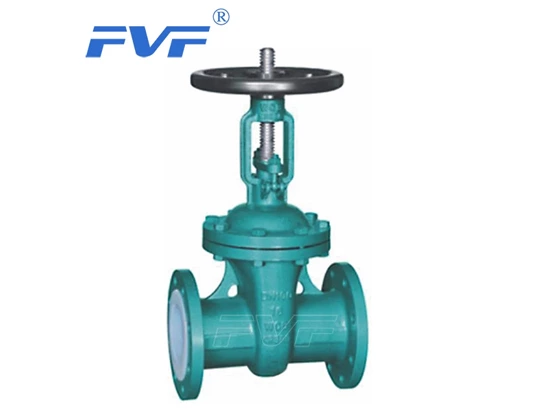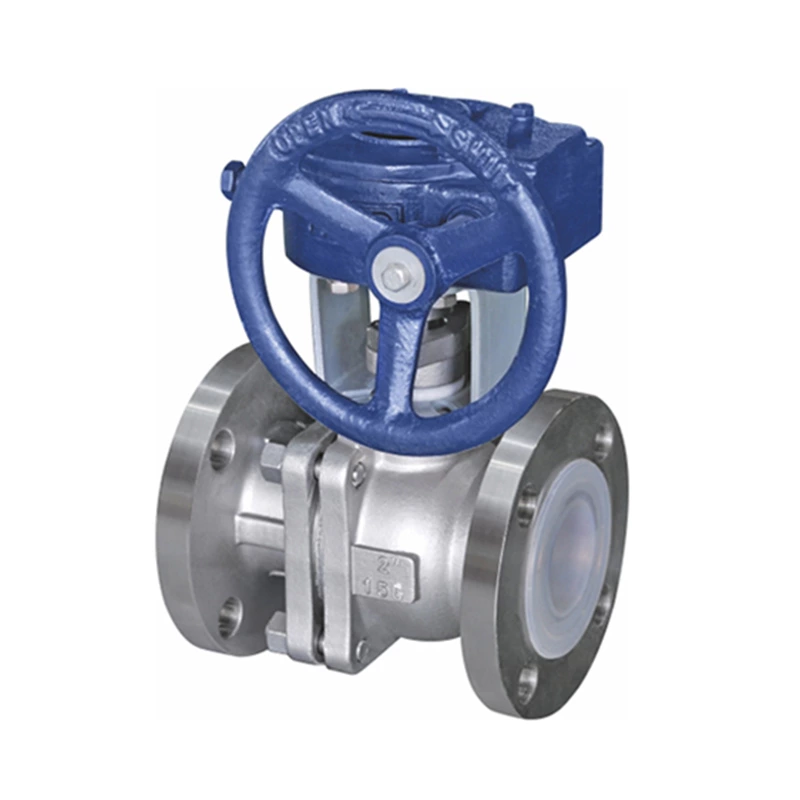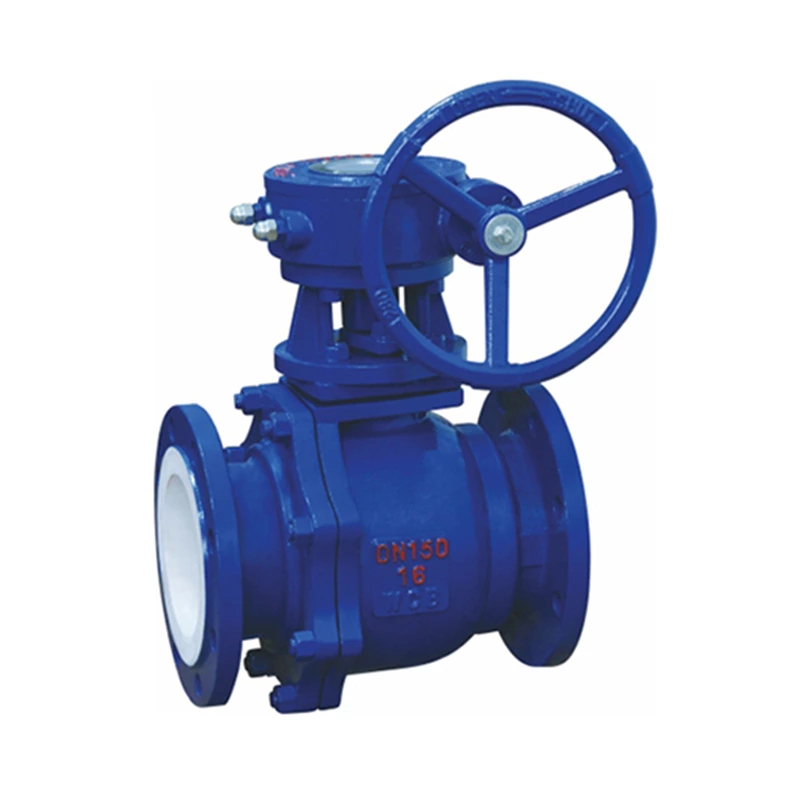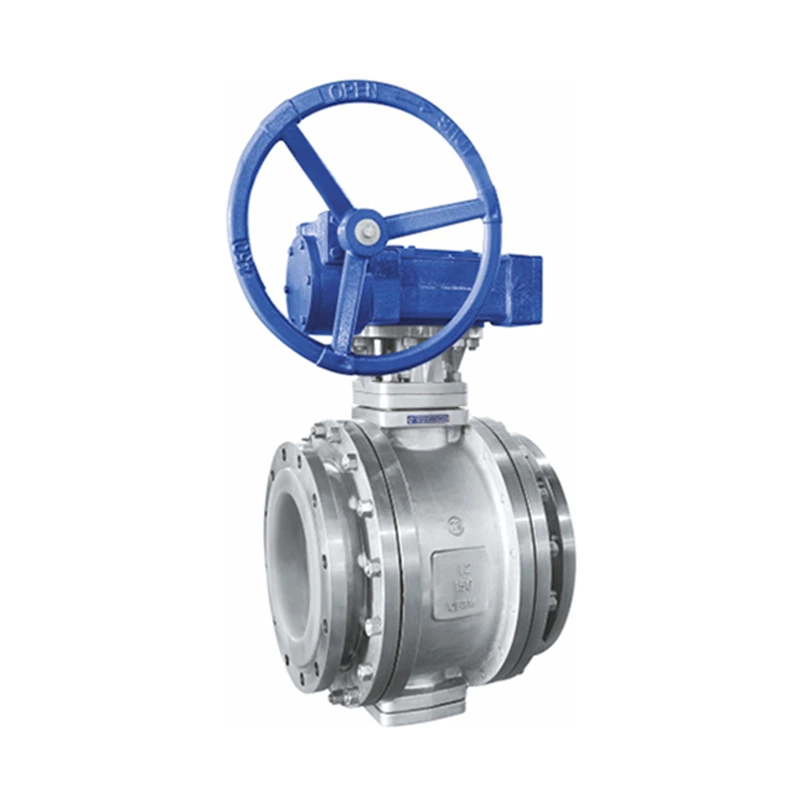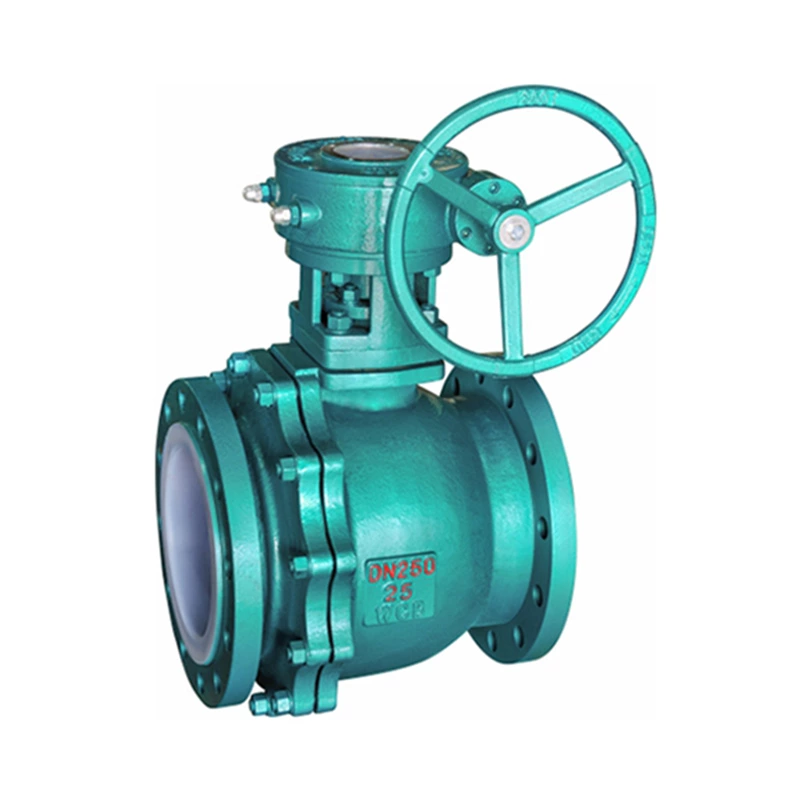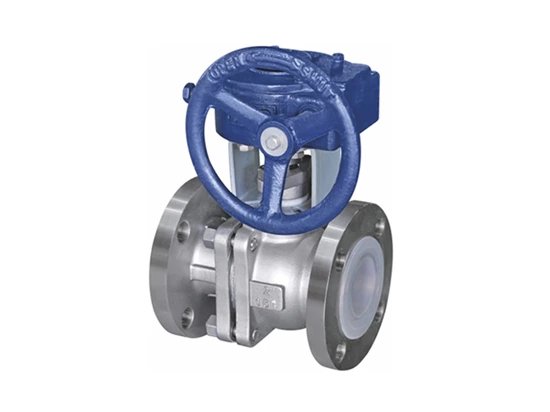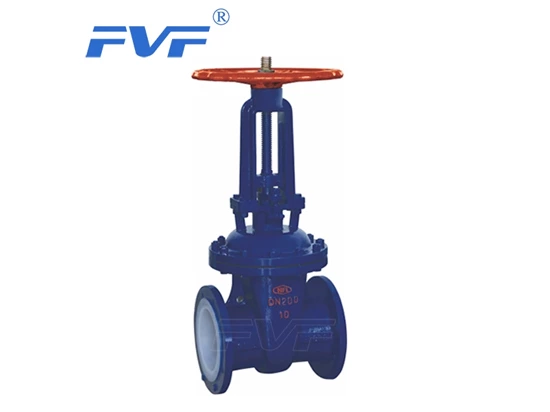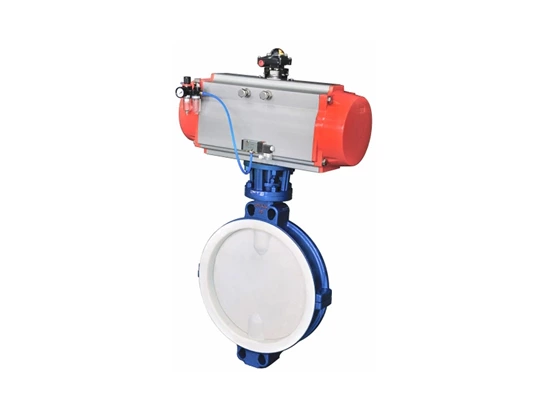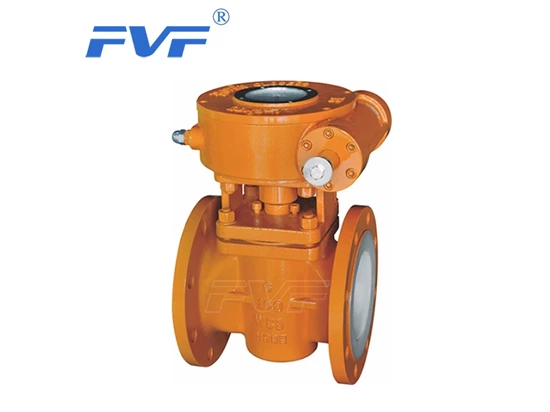Application And Characteristics Of Lined Gate Valve
In recent years, with the development of petrochemical, air separation, natural gas and other industries, the application of cryogenic valves has become more and more popular. Cryogenic valves refer to valves with a medium temperature between -40℃ and -196℃. Common cryogenic valves are divided into cryogenic butterfly valves, cryogenic gate valves, cryogenic ball valves, cryogenic stop valves, cryogenic check valves, cryogenic throttle valves, etc. Cryogenic valves are one of the indispensable important equipment in many industries, and their quality determines whether they can be produced safely, economically and continuously. With the development of modern science and technology, the use of cryogenic valves is becoming more and more extensive, and the demand is also increasing. The main materials suitable for cryogenic gate valves (-100~-30℃) are low-temperature austenitic stainless steel and ferrite and martensitic steel for low-temperature pressure parts.
Lined Gate Valve Features:
1. Light weight: The valve body is made of high-grade ductile iron, which is about 20%~30% lighter than traditional gate valves and easy to install and maintain.
2. Flat-bottom gate seat: After flushing the pipeline with water, traditional gate valves are often deposited in the groove at the bottom of the valve due to foreign objects such as stones, wood, cement, iron filings, and debris, which can easily cause water leakage. The bottom of the gate valve is sealed with an elastic valve seat. The same flat-bottom design as the water pipe machine is adopted, which is not easy to cause debris accumulation, so that the fluid flows smoothly.
3. Overall rubber coating: The overall inner and outer rubber of the gate is made of high-quality rubber, and the first-class rubber vulcanization technology in Europe ensures that the gate after vulcanization guarantees accurate geometric dimensions, and the rubber is firmly connected to the tough casting gate, which is not easy to fall off and has good elastic memory.
4. Small obstruction: The fluid resistance is small, and the sealing surface is less scrubbed and corroded by the medium.
5. Precision casting valve body: The valve body is precision cast, and the precise geometric dimensions make the inside of the valve body without any fine processing, ensuring the sealing of the valve.
